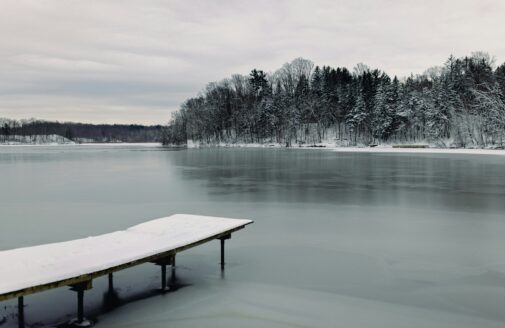I am a computational climate and earth scientist with expertise in hydrology and permafrost thermal physics who works to enhance the understanding and predictive capabilities surrounding permafrost and its implications on global climate dynamics. I am committed to climate science communication, and use numerical models to decipher the warming signals of permafrost.
My current projects encompass:
- Leading the development of a terrestrial ecosystem model in collaboration with the University of Alaska Fairbanks, in order to refine predictions on how thawing permafrost influences carbon emissions in the Circumpolar Arctic Region.
- Developing tools for calibration and data assimilation to advance model analysis and diagnostic processes.
- Utilizing high-resolution carbon emissions data to model biogeochemical signals from small aquatic systems in both Arctic and Amazon environments.
I began my career as an applied mathematician and then pursued geophysics. My Ph.D. research involved developing a numerical model to predict permafrost warming in Alaska over the course of a century. While in the field, I witnessed the changes in the landscape firsthand and spoke to the people who were experiencing those changes in their daily lives. In my work at the National Snow and Ice Data Center, I helped to build a global-scale model of carbon fluxes from thawing permafrost. I have also worked on multiple permafrost modeling projects at the Institute of Arctic and Alpine Research at the University of Colorado Boulder, and the Los Alamos National Laboratory.
Outside of climate modeling, I am interested in new technological developments in the fields of space, biology, science, and economics. I spend my free time with my kids and being outside, doing yoga, and playing soccer.











